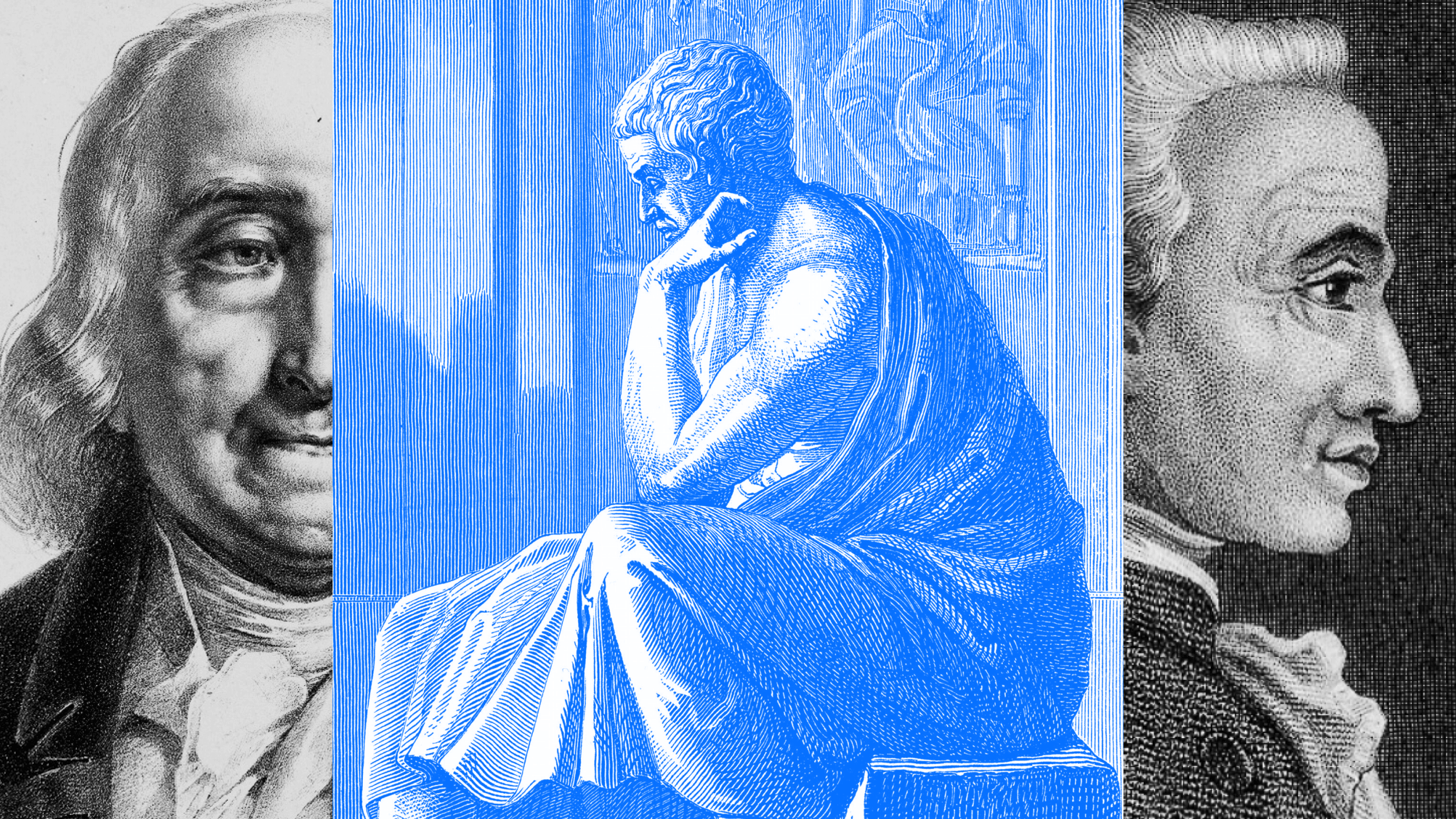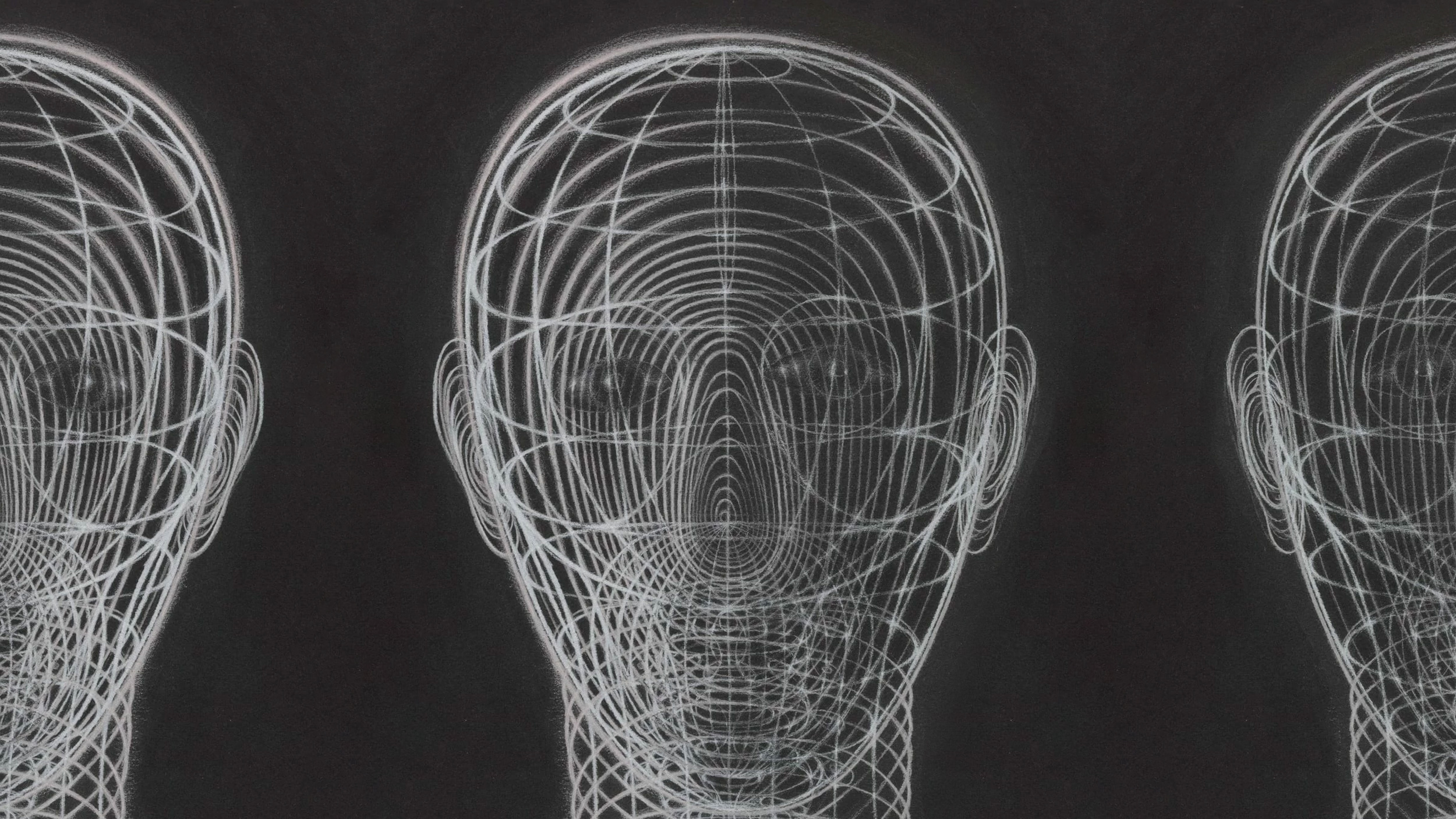Odd one out: How “schema theory” can help us make better decisions at work

- Schemas — developed in Kant’s early philosophical ideas — are mental frameworks that help us categorize and understand the world.
- Essential in cognitive psychology, schemas influence how we interpret new experiences.
- Applying schema theory can enhance workplace skills and improve cognitive abilities.
Let’s play a game. From the following lists, identify the odd one out. In each case, which one is different? I suspect that for each, you’ll have your own answers and rationale:
- Dog. Parrot. Fish. Dragon.
- France. Germany. Japan. Belgium.
- Physics. Biology. Chemistry. Mathematics.
When you play the odd-one-out game, you’re applying a mental framework known as a schema. A schema is a filtering system that helps you categorize the world you see. It ties things together and labels your perceptions. It translates a world of incoherent, overwhelming sensations, into something that makes sense.
Categorization is a huge area of modern cognitive psychology, but an early version of the concept is found in the work of Immanuel Kant. Here, we look at Kant’s work and see how we might be able to make use of it in today’s modern workplace.
When is a dog a dog?
There is a famous Kant quote that philosophers are fond of: “Thoughts without content are empty; intuitions without concepts are blind.” To understand this, it helps to know that by “intuition,” Kant means what we might call “sensory input.”
According to Kant, we have concepts of things in our understanding. These are the abstract labels we attach to the objects we see. Or, if you prefer, they are the mental boxes into which we put everything we experience. For some examples, this is obvious. You have a concept of “dog” in your understanding — a four-legged, tail-wagging bundle of friendly fur — and so, when you see something like that in the park, you say, “What a cute dog!” It’s a concept applied to experience.

But Kant’s theory can also apply to more abstract ideas, like “justice” or “freedom.” You may have a concept of these words, but they are often hard to articulate. When you try to formalize them, it’s like trying to hold water in your hands. The best way to understand them is by demonstration; it’s by pointing out an example of “justice” or “freedom.”
All of the experiences you have can usually be sorted easily. But what happens if we experience something without a concept? What if we encounter something completely new or unexpected? Well, we’re “blind.” We either have to form a new concept on the spot or squint at it like some confused puppy. It’s why, for example, many people dislike robots for looking too human. This “uncanny valley” challenges our concepts. It rattles our schema.
Kant’s idea was hugely ahead of its time, and his work came to define a lot of later philosophy, especially the analytic tradition. It was an early form of modern schema theory and shows just how impressive Kant was.
I Kant see how this applies to me
Schema theory is, today, one of the most dominant theories in social psychology. So what can we learn from it?
Appreciate your schema skillset. The ability to apply schemas to various aspects of life is a cognitive skill which comes easier to some than others. But it’s also true that some people are better at applying schemas in different areas and situations, compared to others. Recognizing this talent is an important step in appreciating what skills you can offer your company. Sophia might be great at data analysis and can tell the company what works and what doesn’t. Amelia can look at social media trends and see how best to place a product or post. Lily can read people incredibly well and can identify if someone is nearing burnout. All involve a certain skillset, and all involve schema.
Expect different people to have different schemas. If we return to those three odd-one-out lists above, then it’s usually the case that there’s an “obvious” answer. It might be that “dragon” is obviously the odd one out because it’s the only fictional one. But ask any number of your friends and colleagues, and you’ll quickly realize an important lesson: there is rarely an “obvious” answer when we’re dealing with schema. In 2019, a study from the Duke Network Analysis Center found that our cultural background can affect almost everything about how we see the world. For example, liberals and conservatives in the US have fundamentally different schemas related to poverty. Different people, born into different families and cultures with an infinity of different stories to tell, will have their own schemas. They will have their own answers. Don’t assume everyone’s mind works the same as yours.
Learn to read people. One of the important things about schema theory is how we build or consolidate those schemas. As we saw, when we encounter something new, we’re “blind” and have to work out how to systematize and rationalize it. We need to carry on rationalizing all the time. Learn to read patterns. Learn to predict. In an interview for Big Think+, the lawyer and mediator, Bill Eddy, talks us through how we can “Recognize the Patterns of High-Conflict Personalities.” Concepts like these can change everything about how we work with and understand others.





